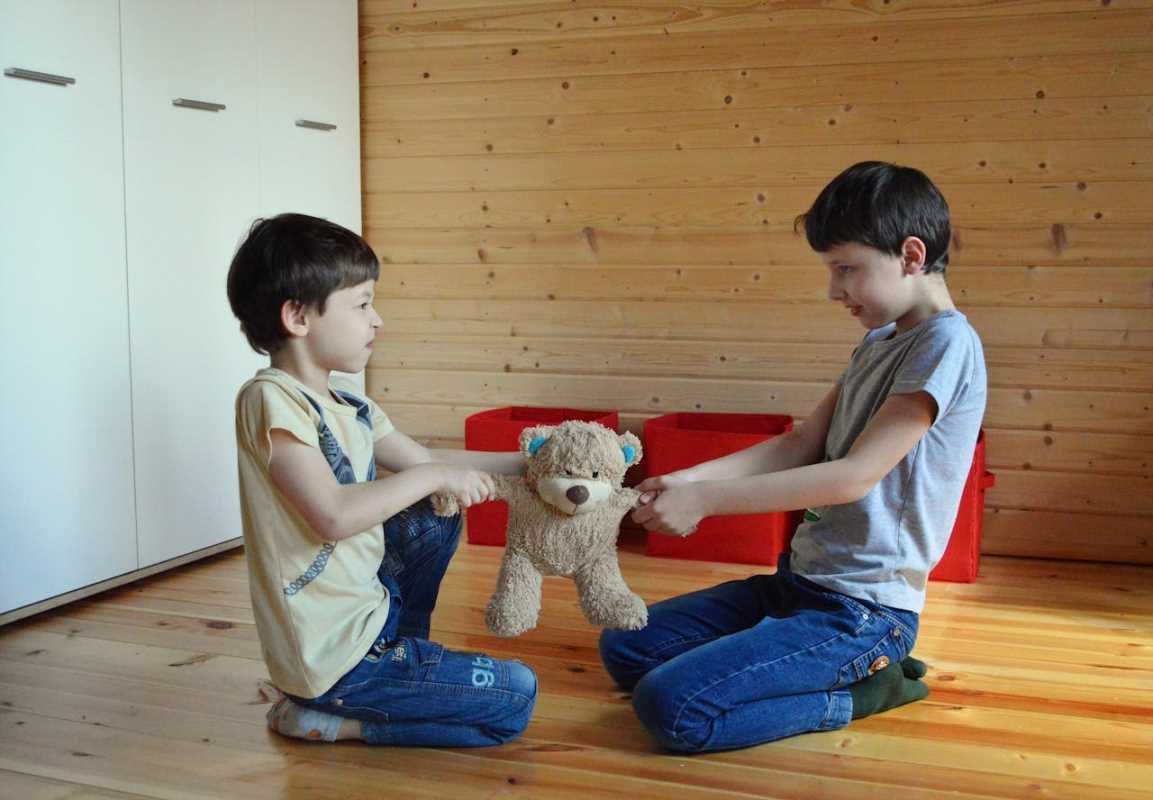Teenagers are often caught in a whirlwind of emotions, making communication with them both essential and challenging. Parents and caregivers may find themselves shut out by short answers, mood swings, or defensive behavior. Despite these difficulties, cultivating open dialogue with teens is crucial for building trust and a strong relationship. It’s not just about improving day-to-day conversations; it’s about empowering teenagers to grow into confident, responsible individuals who feel safe expressing their thoughts and emotions.
This article explores the hurdles of communicating with moody teenagers, actionable strategies for fostering openness, and the long-term benefits of creating a supportive environment built on trust.
Why Communication Changes During the Teen Years
Teenagers experience a mix of biological, social, and emotional changes, which can significantly impact how they communicate. Hormones during puberty alter mood and sensitivity, making them more reactive to situations. Simultaneously, they’re developing independence, forming their identities, and seeking out privacy, which can lead to clashes with parents.
Their brains are also undergoing major development. The prefrontal cortex, responsible for reasoning and decision-making, is still maturing, meaning teens often process emotions and conflicts more impulsively. This mix of physical and mental changes can make open conversations feel strained or even impossible. However, understanding these factors helps caregivers approach communication with patience and empathy instead of frustration.
Strategies for Fostering Open Communication
Encouraging dialogue with teenagers requires effort, as relationships thrive on trust and mutual understanding. Here are several strategies that can help make conversations more fruitful:
1. Create a Judgment-Free Zone
Many teens resist opening up for fear of judgment or negative reactions from adults. By establishing a space where they feel comfortable sharing, parents can encourage honesty. Instead of jumping to conclusions or criticizing, validate their emotions with phrases such as, “I see why this is upsetting you.” This reassures them that their feelings are taken seriously.
Avoid dismissive or overly critical responses to their experiences, as these can shut down future interactions. For instance, if a teen mentions stress about school, a response like, “You don’t need to worry so much” may seem helpful but might actually feel invalidating. Showing understanding helps foster a sense of safety.
2. Listen More, Advise Less
Teenagers often need someone who will listen rather than solve their problems for them. Active listening—where you’re fully focused on their words without interrupting or planning your response—shows that you genuinely care. Offer summarizing or clarifying comments, like, “It sounds like you’re feeling overwhelmed about your schedule. Is that right?” rather than leaping in with solutions.
While advice can sometimes be important, rushing into it risks alienating the teen. Providing support instead of directives helps them see that they’re trusted to make decisions.
3. Ask Open-Ended Questions
Questions with simple “yes” or “no” answers cut conversations short. Asking open-ended questions encourages teenagers to elaborate and reflect. Replace, “Did you have a good day at school?” with “What was the best part of your school day?” or “What are you most looking forward to this week?”
Questions like these signal genuine interest and invite deeper discussions. Be prepared for initial resistance if they’re unaccustomed to sharing, but persistence—without pushing—can help unlock more meaningful conversations over time.
4. Respect Their Privacy
Moody teenagers often crave independence, and respecting their boundaries shows that this need is acknowledged. Pressing them too hard for information can make them withdraw. Strike a balance between showing concern and respecting their right to keep some matters private.
For example, rather than digging into specific social interactions, make yourself available by saying, “You don’t need to share all the details, but I’m here if you want to talk about it.” This provides an opening for discussion without forcing them to reveal more than they’re comfortable with.
5. Choose the Right Time and Place
Timing plays a crucial role in successful conversations with teens. Avoid bringing up serious topics when emotions are running high—after a stressful day of school, for instance. Opt for neutral moments, such as during a relaxed meal or a walk, to naturally engage them.
Less formal settings often put teens at ease and eliminate the pressure of a face-to-face confrontation. Casual interactions, like chatting while cooking together or riding in the car, provide opportunities for organic dialogue without feeling forced.
6. Be Patient with Progress
Building an open line of communication doesn’t happen overnight. Teenagers may take time to trust that their words will be respected. Consistency in your actions—like keeping their confidences, reacting calmly, and showing genuine interest in their lives—will eventually encourage openness.
Patience is key, especially when met with silence or irritation at the start. Small, positive interactions accumulate, reinforcing the idea that sharing with you is both safe and worthwhile.
Long-Term Benefits of Building Trust
Encouraging open communication with teenagers has lasting advantages for both parties. Teens who feel heard and respected are more likely to develop emotional intelligence and self-confidence. They gain the skills to express themselves effectively and handle challenges proactively.
Strong parent-teen relationships also prevent misunderstandings and reduce conflicts. Adolescents are less likely to engage in risky behaviors or make impulsive decisions when they feel supported and valued at home. For caregivers, these efforts build deeper bonds and ensure that teens keep turning to them for guidance during pivotal moments in life.
Furthermore, fostering communication in these formative years lays the groundwork for healthier adult relationships. Teenagers raised in open, trusting environments often replicate these dynamics in friendships, partnerships, and professional settings.
Building these connections takes time, but the payoff is a supportive, resilient bond that makes challenging teen years—and beyond—more manageable. Parents and teens alike can grow together, proving that open communication is both achievable and rewarding.
 (Image via
(Image via





